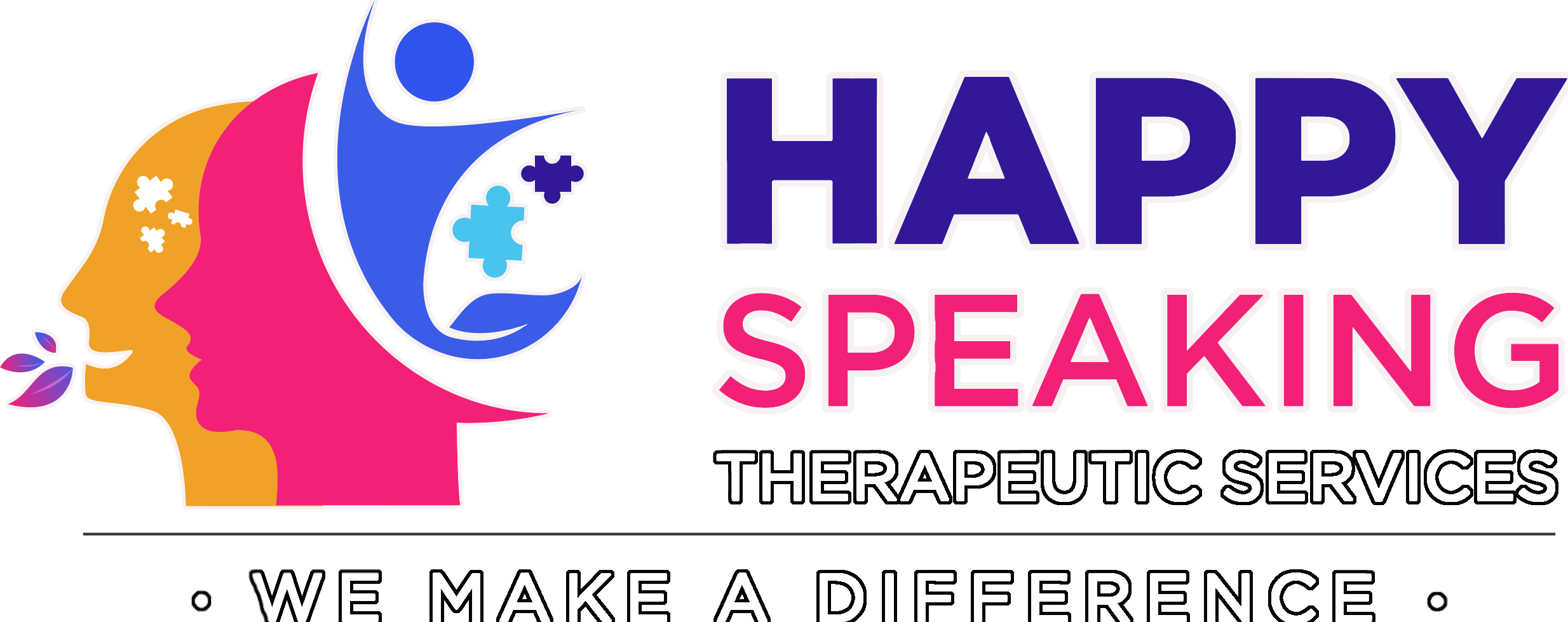
ASD and ADHD
-By Reshmi Mohanan Nair
Autism Spectrum Disorder
Autism Spectrum Disorder (ASD) is a neurodevelopmental disorder caused by differences in the brain. ASD population frequently struggle with social communication, interaction and show repetitive behaviors. The research indicates that the incidence rate of autism in India is 1 in 90,666. The cause of autism is still unknown.
Children with ASD may behave, communicate, interact, and learn in ways that are different from most other people and their abilities also can vary significantly. For example, few individuals with ASD may have advanced conversation skills whereas others may be nonverbal. Some children with ASD need a lot of help in their daily lives; others can work and live with little to no support.
|
Signs and symptoms of Autism
|
People on the autism spectrum also may have many strengths
Few children with autism may show intense interest in specific topics, such as numbers, details, or facts. They learn things in detail if they are interested and remember information for long periods of time. They are strong visual and auditory learners and few excel in math, science, music, or art.
Autism spectrum disorder (ASD) affects children of all races and nationalities. Although ASD can be a lifelong disorder, treatments and services can improve a person’s symptoms and daily functioning. Identifying the early signs of ASD is important for early intervention. Early diagnosis and intervention are most helpful and can improve behavior, skills and language development
With the recent advancements children with ASD can now be identified as early as 2 years old. The American Academy of Pediatrics also recommends that all children should receive screening for autism at the earliest. It is important to provide special care, affection, and support to ASD individuals to help them become valued members of society. Though children usually don''t outgrow autism spectrum disorder symptoms, they may learn to function well. With early intervention, these individuals can lead a fulfilling and meaningful life.
Attention Deficit Hyperactivity Disorder
Attention Deficit Hyperactivity Disorder (ADHD) is a neurodevelopmental disorder which is characterized by an ongoing pattern of inattention, hyperactivity, and/or impulsivity. Such behaviors are quite common among typically developing children, but they are more pronounced and persistent in children with ADHD. As a result, parents or caregivers may overlook these behaviors as normal, which can lead to delayed diagnosis and untreated symptoms.
Attention Deficit Hyperactivity Disorder (ADHD) is majorly classified into 3 types.
- Predominantly inattentive presentation.
- Predominantly hyperactive/impulsive presentation.
- Combined presentation.
1.Predominantly Inattentive type
Individuals with this type has challenges with staying on task, focusing, and organization. Here are the few symptoms that occur frequently individuals of this type
- Doesn’t pay close attention to details or makes careless mistakes in school or job tasks.
- Has problems staying focused on tasks or activities, such as during lectures, conversations or long reading.
- Does not seem to listen when spoken to (i.e., seems to be elsewhere).
- Does not follow through on instructions and doesn’t complete schoolwork, chores or job duties (may start tasks but quickly loses focus).
- Has problems organizing tasks and work (for instance, does not manage time well; has messy, disorganized work; misses deadlines).
- Avoids or dislikes tasks that require sustained mental effort, such as preparing reports and completing forms.
- Often loses things needed for tasks or daily life, such as school papers, books, keys, wallet, cell phone and eyeglasses.
- Forgets daily tasks, such as doing chores and running errands. Older teens and adults may forget to return phone calls, pay bills and keep appointments.
2. Hyperactive/impulsive type
Hyperactivity refers to excessive movement such as fidgeting, excessive energy, not sitting still, and being talkative. Impulsivity refers to decisions or actions taken without thinking through the consequences. Here are the few symptoms that occur frequently in individuals of this type
- Fidgets with or taps hands or feet, or squirms in seat.
- Not able to stay seated (in classroom, workplace).
- Runs about or climbs where it is inappropriate.
- Always “on the go,” as if driven by a motor.
- Talks too much.
- Blurts out an answer before a question has been finished (for instance may finish people’s sentences, can’t wait to speak in conversations).
- Has difficulty waiting for his or her turn, such as while waiting in line.
- Interrupts or intrudes on others (for instance, cuts into conversations, games or activities, or starts using other people’s things without permission). Older teens and adults may take over what others are doing.
Combined type
This type of ADHD is diagnosed when both criteria for both inattentive and hyperactive/impulse types are met.
It is important to note that untreated ADHD can have a significant impact on a child''s speech, language, and cognitive development. A diagnosis is based on the presence of persistent symptoms that have occurred over a period of time and are noticeable over the past six months. While ADHD can be diagnosed at any age, this disorder begins in childhood. When considering the diagnosis, the symptoms must be present before the individual is 12 years old and must have caused difficulties in more than one setting. For instance, the symptoms can not only occur at home.
Early intervention is crucial for children with ADHD. If you suspect that your child may have ADHD, it is essential to seek professional help. These symptoms lead to significant suffering and cause problems at home, at school or work, and in relationships. The observed symptoms are not the result of an individual being defiant or not being able to understand tasks or instructions. With the right treatment and support, children with ADHD can learn to manage their symptoms and thrive.
Let’s look more about the diagnostic changes happened for ASD and ADHD over a period of time.
With the recent changes related to diagnosis of neurodevelopmental disorders autism was one of the disorders that received the most public attention in response to changes in the DSM-5back in May 2013. Notable changes included removal of the 5 separate pervasive developmental disorders (PDDs), creation of the “spectrum” diagnosis. Overall, the removal of these separate diagnoses was made to improve specificity and sensitivity regarding autism diagnosis, to create more accurate description and communication regarding developmental disorders, and to serve as a more useful and productive backdrop for treatment planning. Reducing the 3 core domains of autism down to 2 helped in the new system of ASD classification that includes social and communication deficits as one domain, and repetitive and restrictive behaviours as the second required domain.
The diagnostic criteria of ADHD also underwent some revisions in DSM-5. The criteria currently also have same 18-symptom as before, but specific examples were added under each criterion, to facilitate easier classification of the disorder across the lifespan. The change in onset age was revised, so that onset must occur prior to 12 years of age, rather than the previously more restrictive onset barrier symptom demonstration before 7 years of age.
Specifiers were also included, in order to designate either predominantly inattentive or predominantly hyperactive/impulsive presentations of ADHD. The criterion for adult diagnosis of ADHD underwent a symptom threshold change: adults now have a cutoff of 5 symptoms of inattention or hyperactivity, in contrast to the required 6 symptoms in younger persons.
DSM V also helped for the comorbid diagnosis of ADHD and ASD, which was not permitted in the DSM-IV and many individuals with ADHD were being missed either because they had milder symptoms, or were able to compensate for their difficulties through other coping mechanisms. The new system is aimed toward a greater sensitivity for these individuals, providing earlier detection, diagnosis, and treatment planning.
Overall, the goal behind the addition of the neurodevelopmental disorders section in the DSM-5, and the revisions of ASD and ADHD, is to create a category that represents the developmental trajectories of these disorders, which will create diagnostic systems that accurately accommodate the plasticity of neurodevelopment over the lifespan
